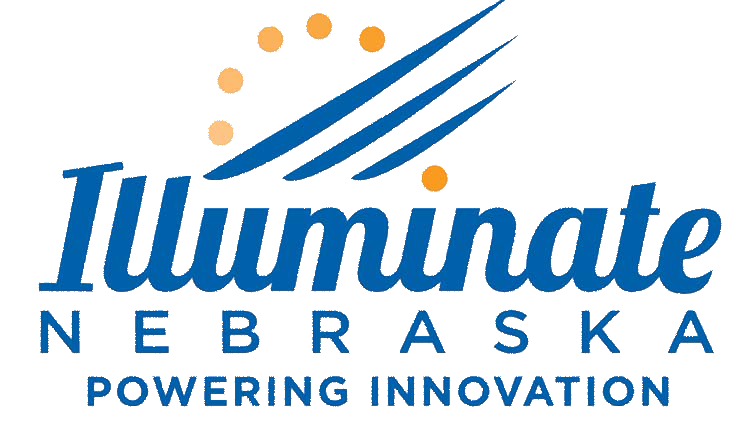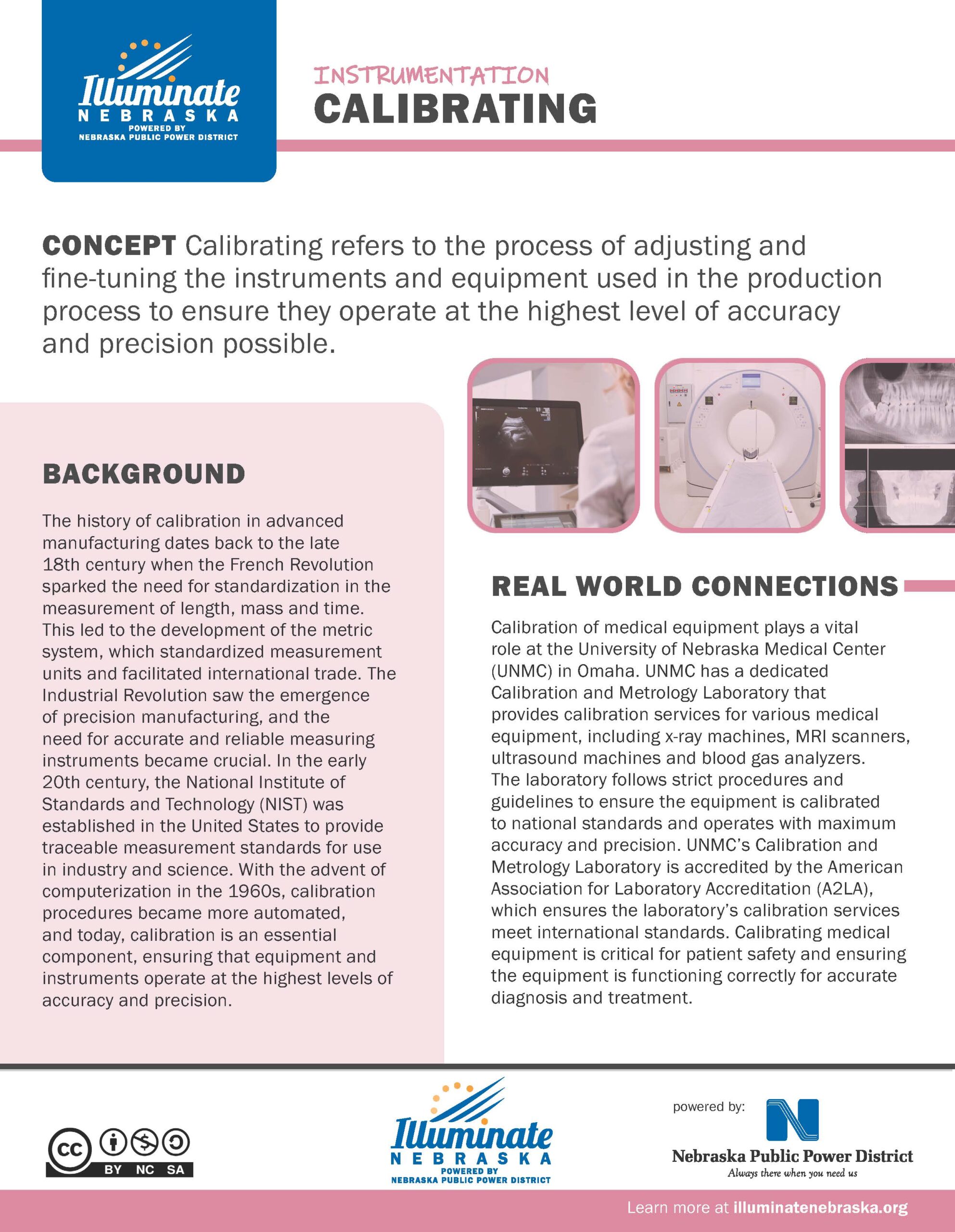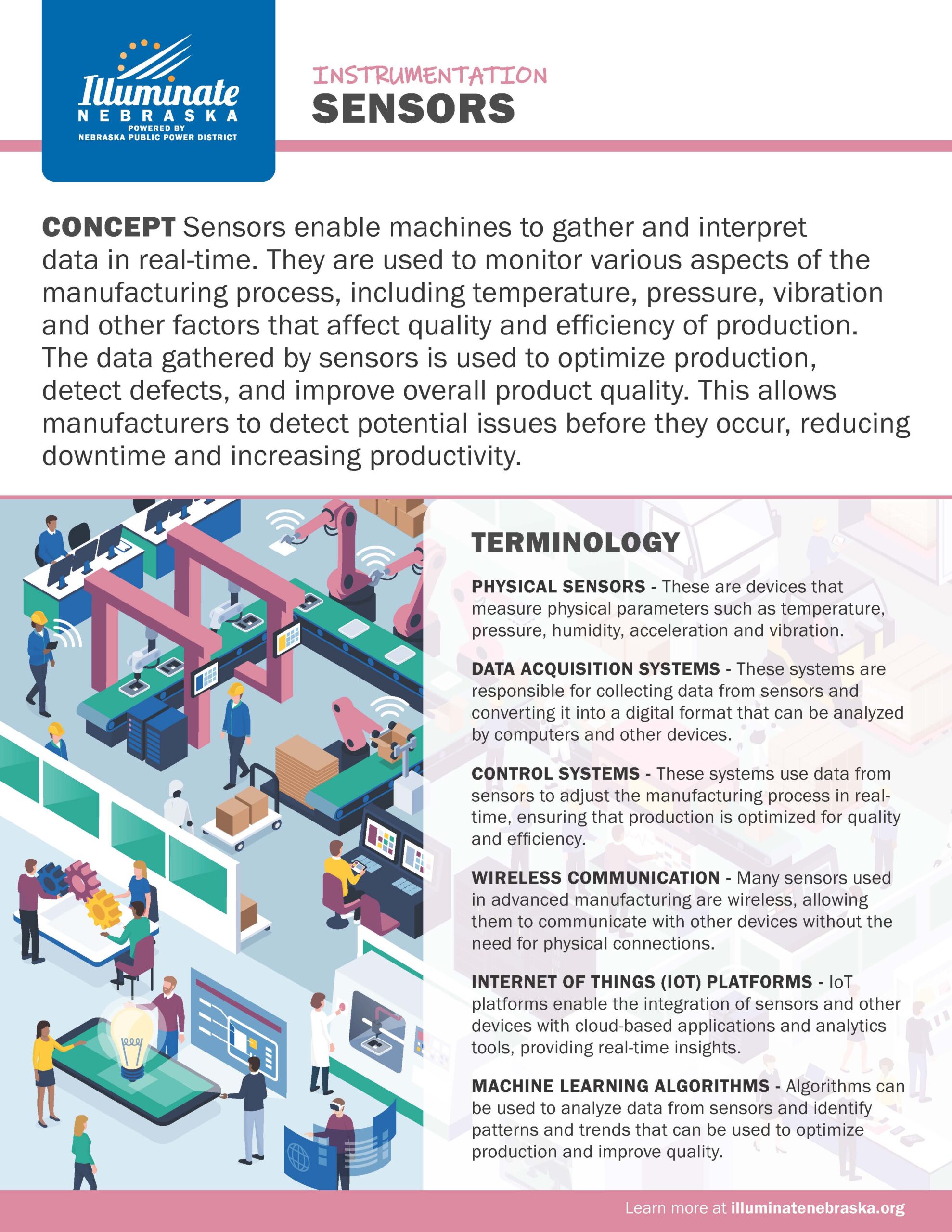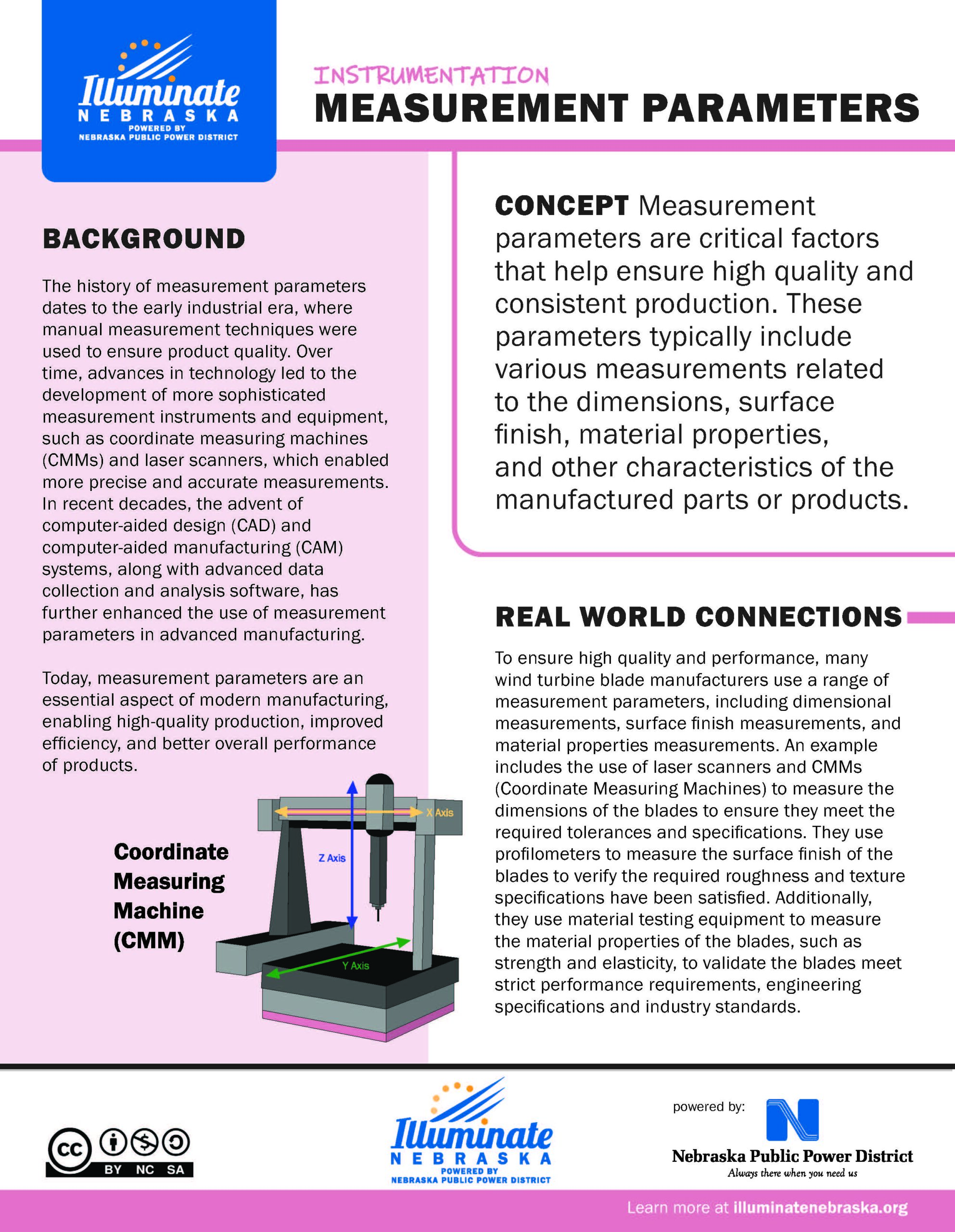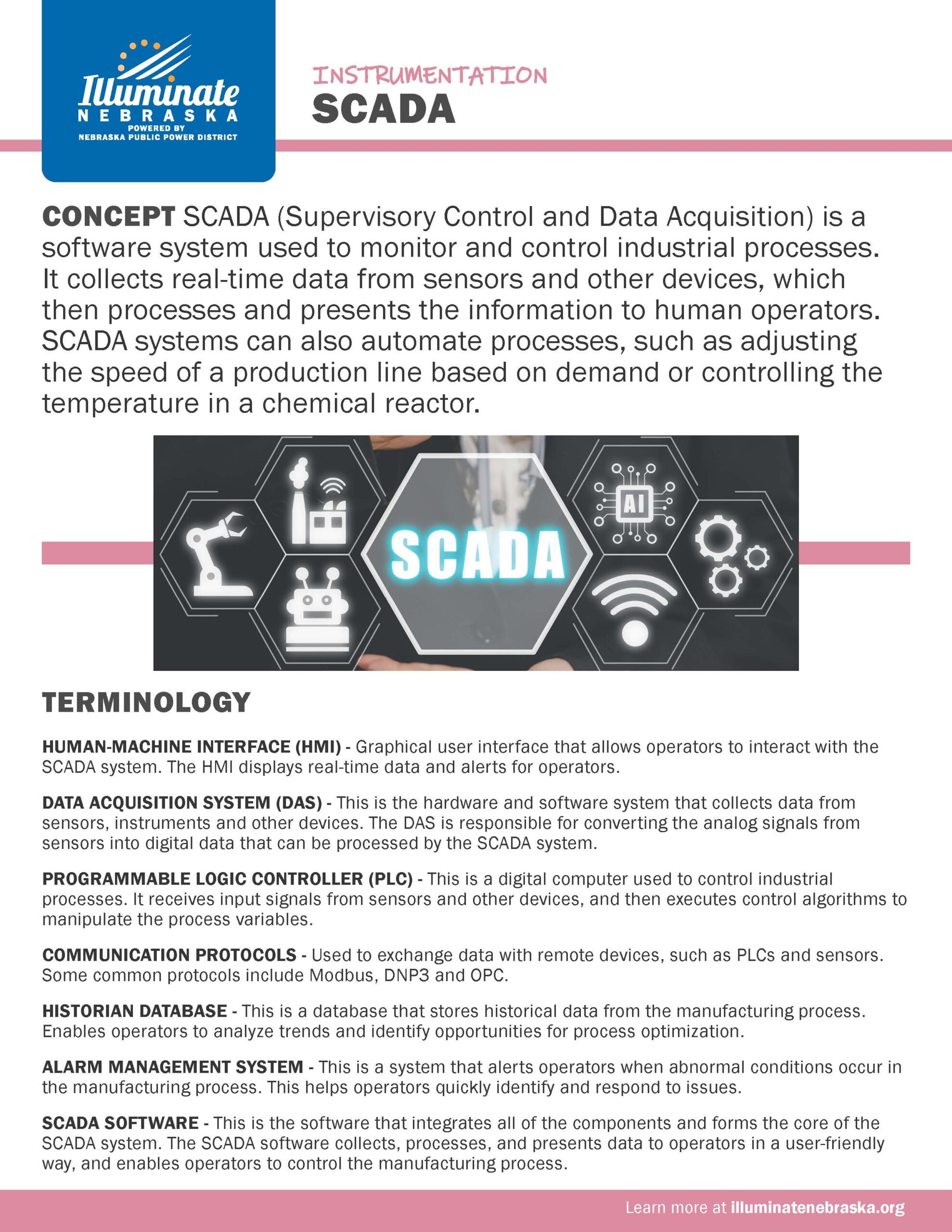Piping & Instrumentation Diagram
A Piping and Instrumentation Diagram (P&ID) is a detailed schematic diagram that illustrates the piping, equipment, instrumentation, and controls involved in an advanced manufacturing process.
Calibrating
Calibrating refers to the process of adjusting and fine-tuning the instruments and equipment used in the production process to ensure they operate at the highest level of accuracy and precision possible.
Sensors
Sensors enable machines to gather and interpret data in real-time. They are used to monitor various aspects of the manufacturing process, including temperature, pressure, vibration and other factors that affect quality and efficiency of production.
Measurement Parameters
Measurement parameters are critical factors that help ensure high quality and consistent production. These parameters typically include various measurements related to the dimensions, surface finish, material properties, and other characteristics of the manufactured parts or products.
SCADA
SCADA (Supervisory Control and Data Acquisition) is a software system used to monitor and control industrial processes. It collects real-time data from sensors and other devices, which then processes and presents the information to human operators.
